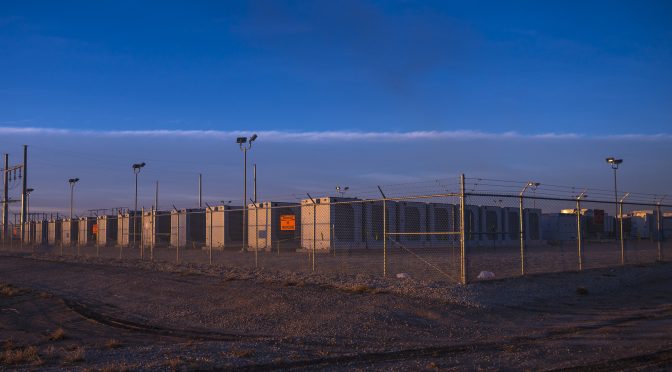Enel Green Power has long been committed to creating solutions that reduce the discontinuity of renewable sources: good examples include the Azure Sky Wind + BESS facility in Texas and “second life” batteries in Melilla.
At this point, it’s a fact: the increase in the incidence of renewables in electricity systems makes the role of storage systems more and more vital in order to ensure flexibility and continuity to the production of energy. Natural resources like sun, water and wind are inherently subject to variations in their availability. It’s only thanks to pumped-storage hydroelectric power plants and especially batteries – both of which enable us to store energy for times of peak demand – that it will be possible to balance the mix of power generation resources and achieve energy independence.
Enel Green Power’s global commitment
Enel Green Power has always been a trailblazer in the energy market. The same goes for energy storage systems: we aim to be ahead of the times and find innovative solutions. “For some time now, we’ve been favoring technologies that don’t use cobalt, and we prefer working with producers that foster sustainability, circularity and recycling,” explains Giuseppe Cicerani, Head of Business Development Energy Storage at Enel Green Power. “Our commitment in this regard is clear: we have a number of facilities that are already operational, and many more projects that are in various phases of development, planning and construction.”
One of our most high-profile projects that feature recycling used batteries is located in Melilla, a Spanish enclave on the coast of North Africa. When batteries from electric vehicles come to the end of their useful life, they’re recycled and assembled into a large stationary storage system that is then used to stabilize the local power grid – which is not connected to mainland Spain’s grid – and make it more resilient. It’s a pioneering project destined to become a point of reference for the future: it promotes circular models by giving a second life to car batteries, in this case from the Nissan Leaf model.
Meanwhile, in the United States, work is being done to build large-scale hybrid power plants with the dual objectives of lowering emissions and increasing the grid’s stability. For instance, the new Azure Sky Wind + BESS facility in Texas – a wind farm that also incorporates one of the largest storage systems in the world – is already operational. This project can meet the energy needs of 118,000 families and can store over 200 MWh of energy.
Future prospects and energy storage trends
These days, lithium batteries are the most commonly installed storage system: not only do they provide great advantages in terms of efficiency and useful lifespan, they are especially valuable because they’re a state-of-the-art solution for the sector while also being a technology that’s used worldwide for so many other applications. In the near future, however, other technologies will also be introduced that are capable of storing even larger amounts of energy in an equally sustainable way. For example, there will be power plants that use gravitational energy or gas compression, as well as solutions involving the use of flow batteries.
“The Italian government has also stepped in to incentivize the creation and development of energy storage systems in order to encourage the integration of renewables and allow power generators to monetize the benefits these devices bring to the system,” added Cicerani. In short, everybody is doing their part (each in their own capacity) to make the development of renewables possible and, as usual, we at Enel Green Power are once again at the forefront of promoting change worldwide.


